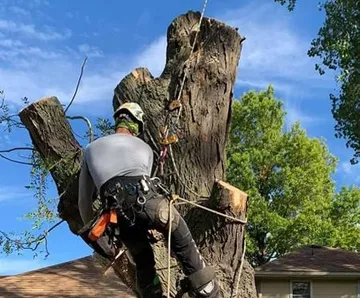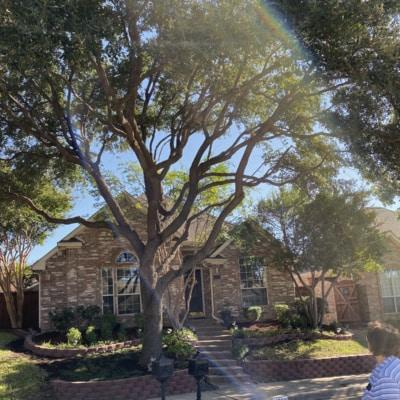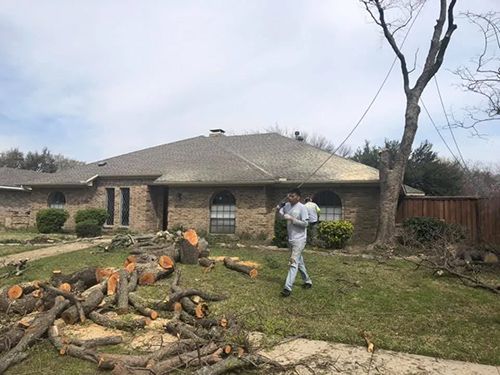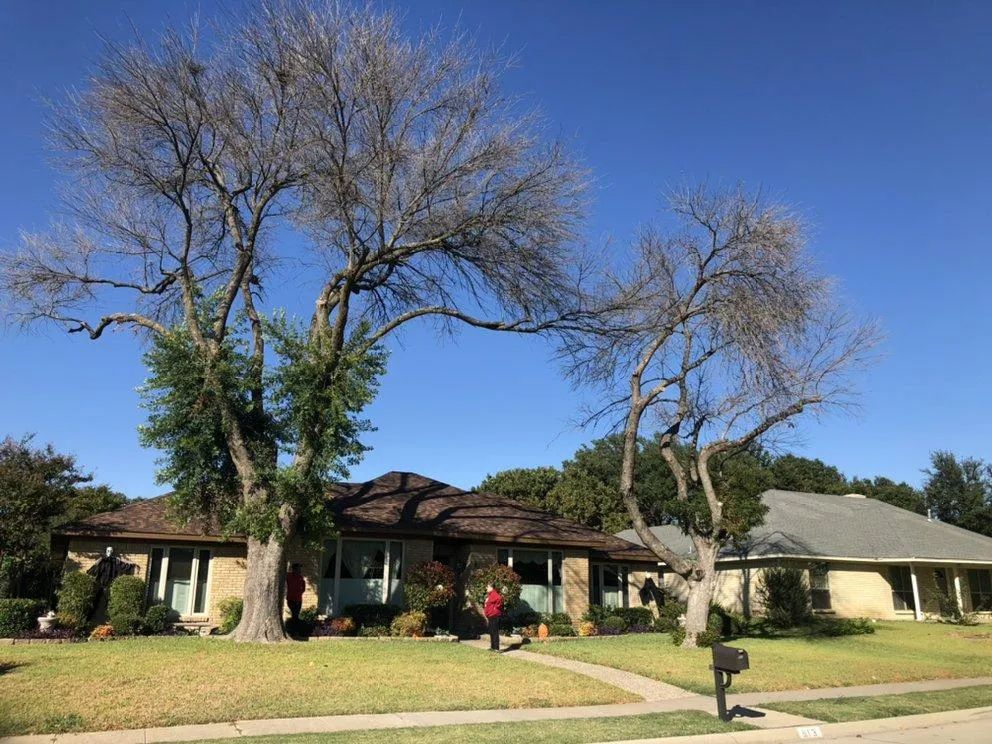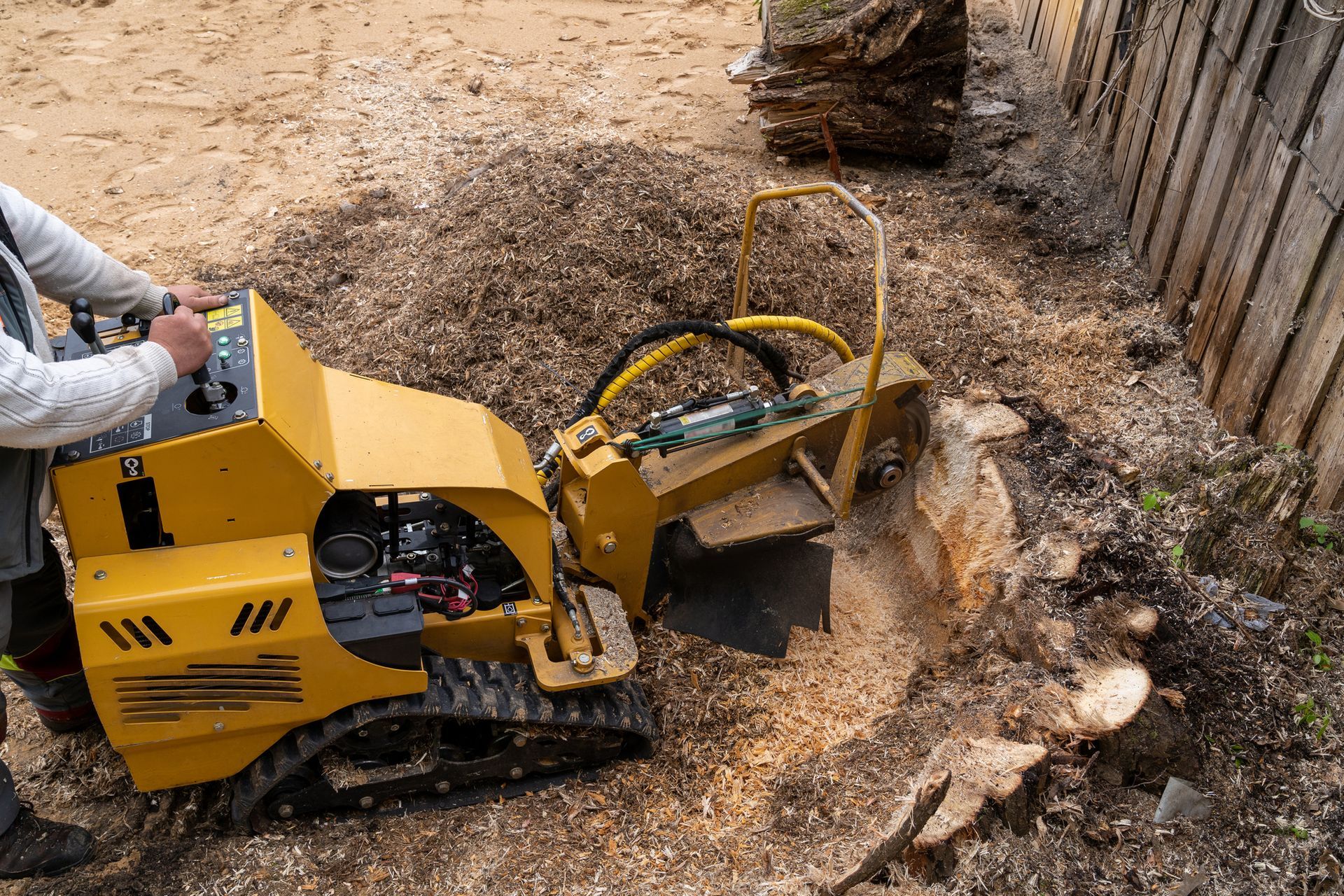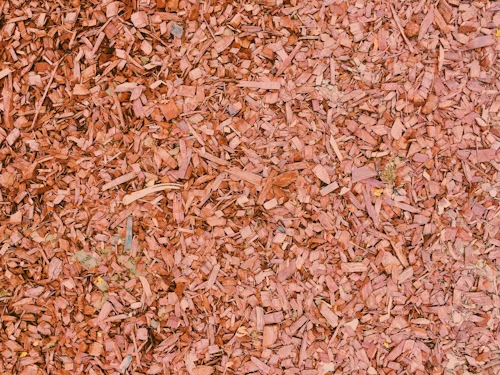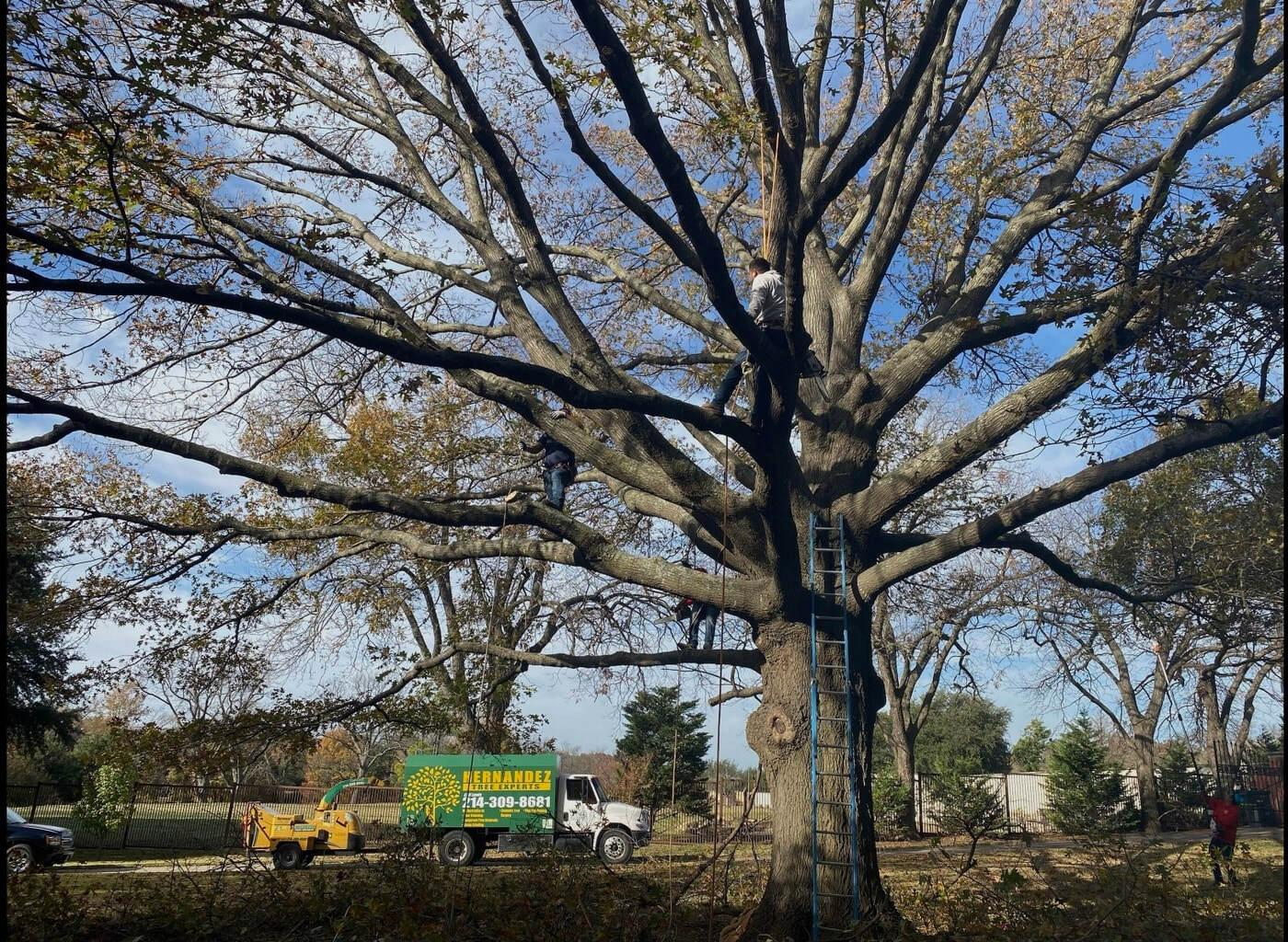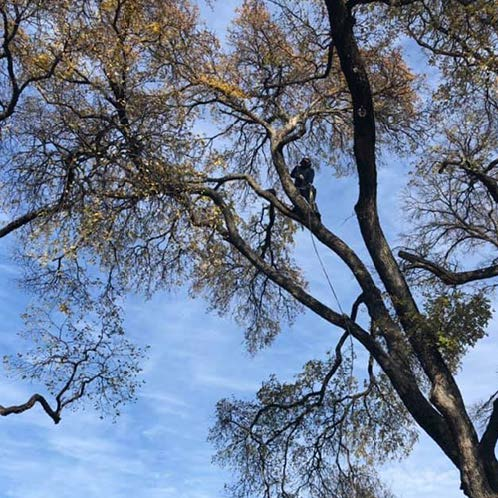What are the Signs of a Dying Tree?

If there is a tree on your property that is looking a little tired or worn, you may be wondering if it is dying. Depending on what you’re witnessing, that specimen could be experiencing issues that could in fact result in its death. In other circumstances, a certified arborist, like the ones employed by Hernandez Tree Experts in Plano, Texas, can perform life saving care to restore its health. If you notice any of the following issues, don’t hesitate to contact us for further tree diagnostics.
Common Symptoms of a Tree is Dying
There are many indications of failing tree health, and not all of them indicate a tree will die for sure. However, be sure to contact a local tree company if you spot any of these warning signs:
- Loss of bark: Flaking or peeling bark could be a sign the tree is not getting enough nutrients. In many cases, this issue can be resolved.
- Falling branches: If the ground around the tree is littered with branches, something is amiss. A healthy tree will have flexible limbs that don’t easily fall.
- Wounds in the trunk: If a tree has been cut or split by a person or otherwise, leaving open wounds, it could leave the specimen vulnerable to disease and other issues.
- Lack of leaves: If foliage fails to grow, there’s a good chance the tree is already dead. Try peeling back the bark in a small area to see if it is green underneath. If it isn’t, the tree likely can’t be saved.
- Pests: Many types of bugs, such as termites, beetles and ants, can infest a tree and kill it. It’s important to act quickly if you notice an increase in unwanted critters.
- Leaning tree: A tree that has a lean to it needs to be checked out by a specialist. Unless it grew at an angle, a leaning tree should not occur unless an issue has come up. Depending on the condition, braces may be installed to keep the tree upright, or it may need to come down for safety reasons.
Tree Diseases in Plano & North Texas
It is important to pay attention to signs of tree diseases in North Texas. There are a few common ones that our team sees most often. They include:
- Oak Wilt: As the name suggests, this disease primarily impacts oak trees. It is caused by a parasitic fungus that can cause complications for the tree’s watering system. The first sign of a problem is often out of season dying leaves.
- Anthracnose: This fungal disease can cause holes along leaf veins, resulting in holy leaves. It commonly affects ash, sycamore and oak trees.
- Leaf Blight: This disease is generally found on fruit-producing trees. It generally results in brown patches on leaves, causing them to curl up and die. This can eventually cause the tree itself to die.
- Powdery Mildew: If you spot a white mildew similar in appearance to baby powder on your tree, this is likely the disease you’re dealing with. That powder is actually the spores of fungus that can reduce the trees overall health. It can kill a tree if not caught early enough.
Dead Tree Removal in Plano
If you have concerns about a tree, be sure to reach out to Hernandez Tree Experts. Our arborists will do all we can to save a diseased tree in Plano. However, should it be necessary, we can also remove a dead tree, making sure disease doesn’t spread or that safety issues don’t develop. To learn more, or to schedule a consultation with an arborist in Plano, give us a call at
(469) 214-5963. We’re always happy to answer any questions you may have.
